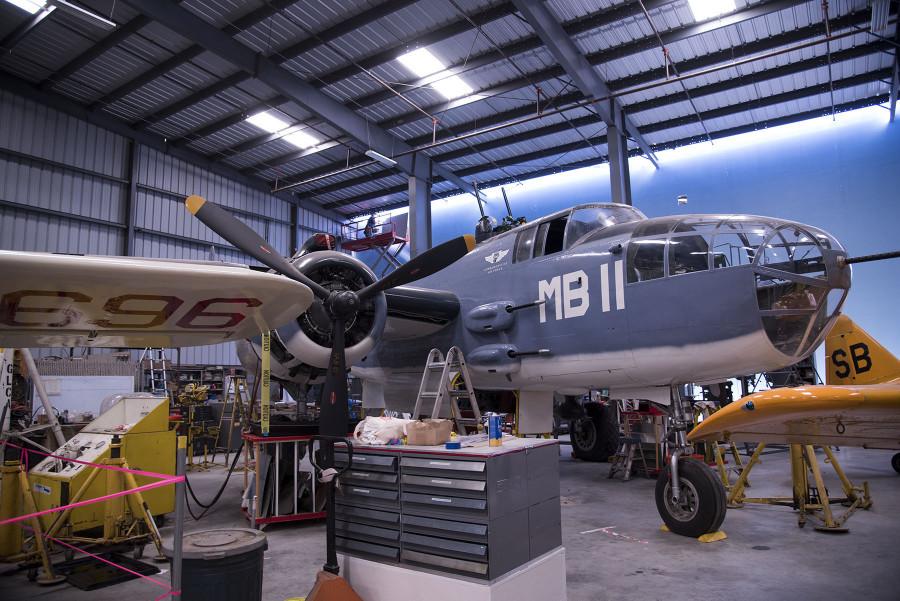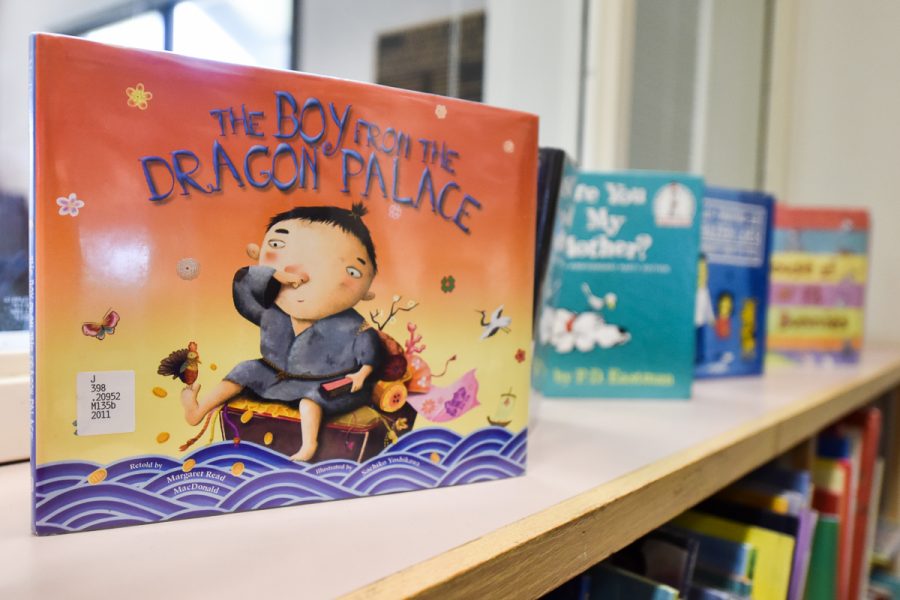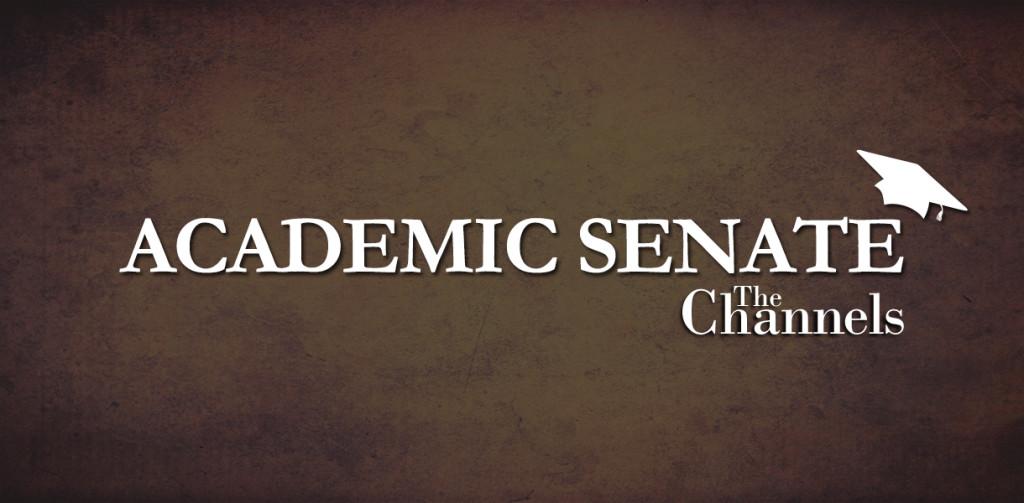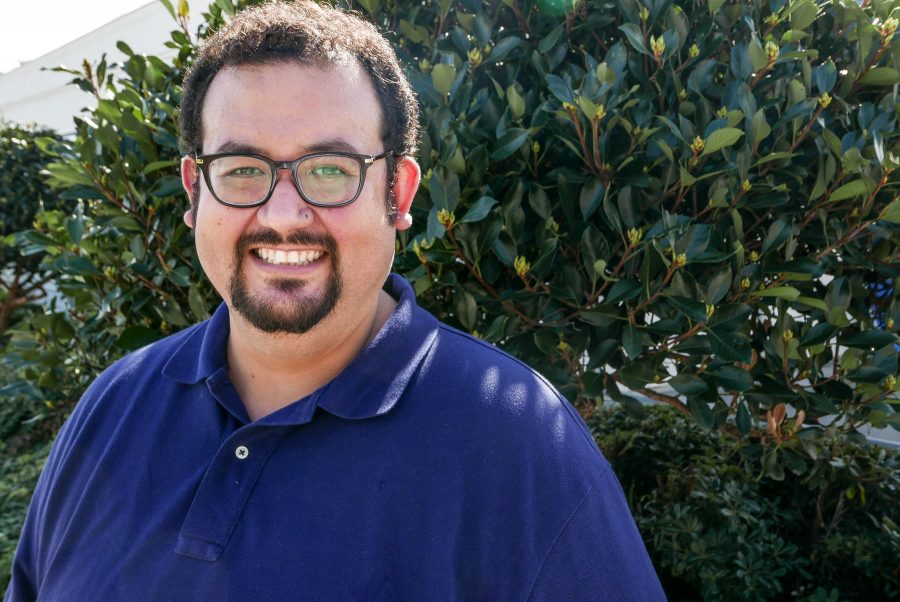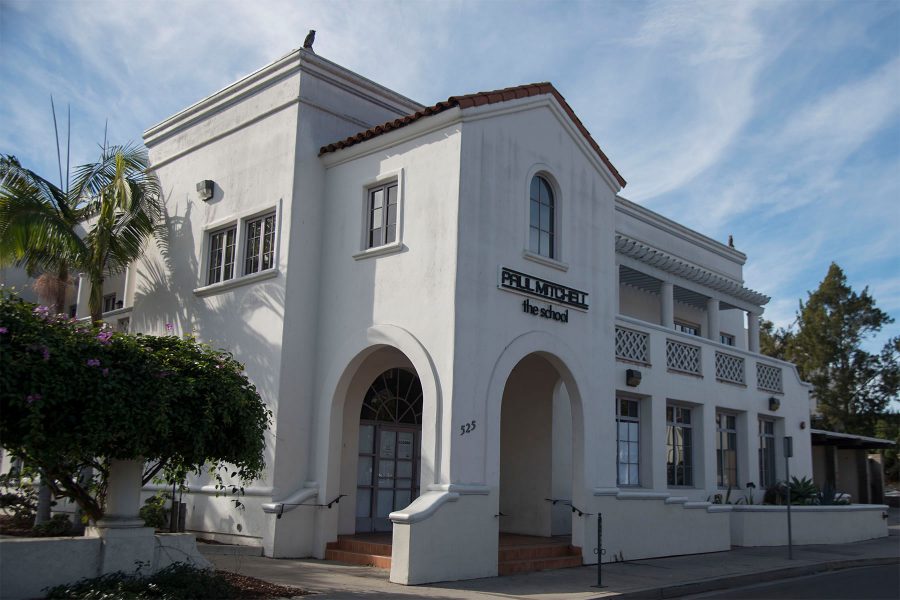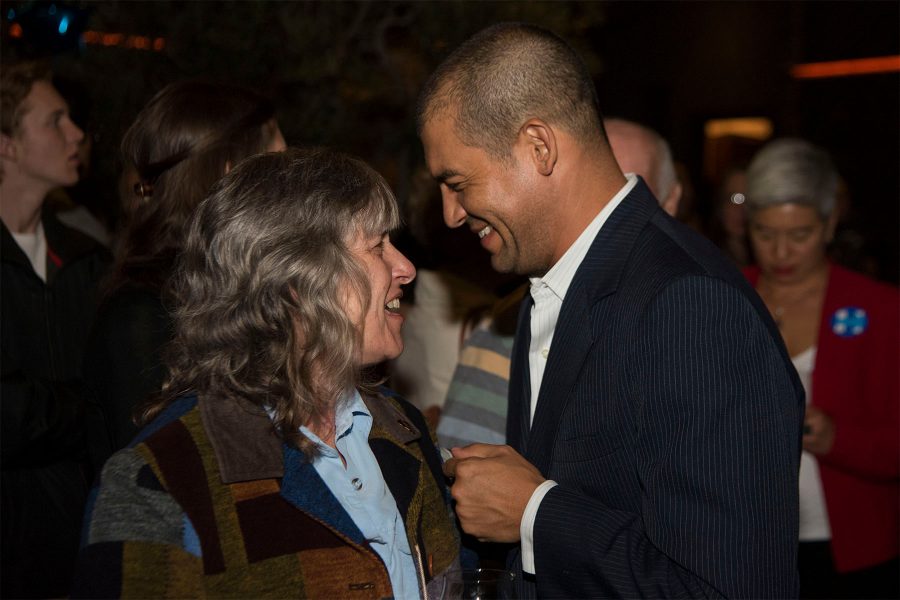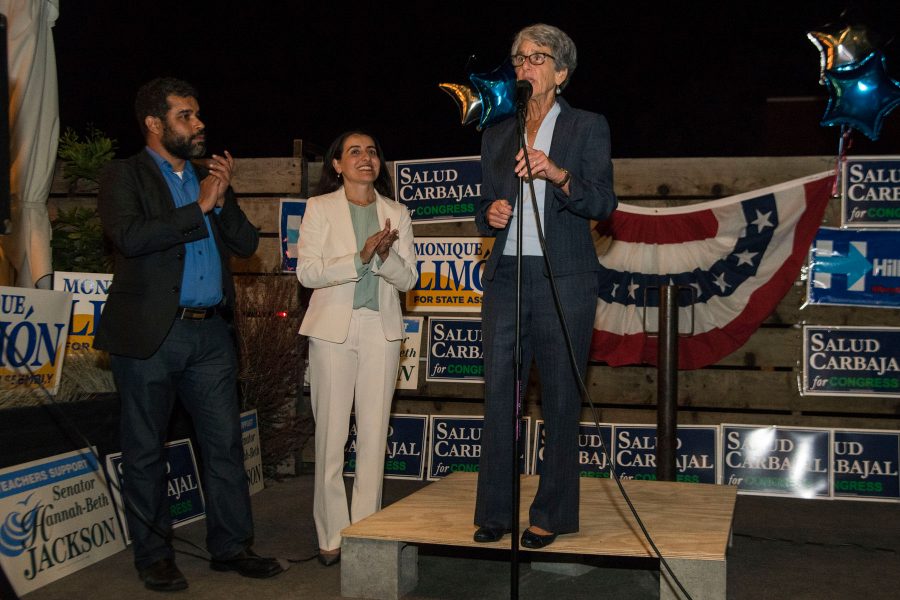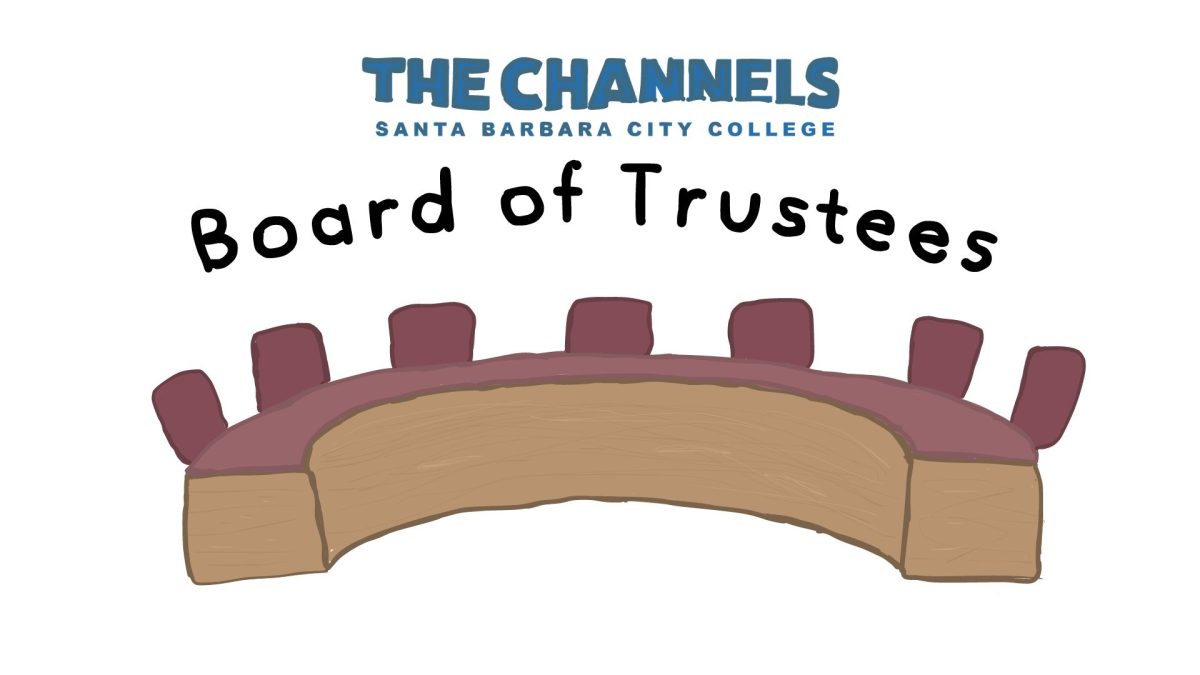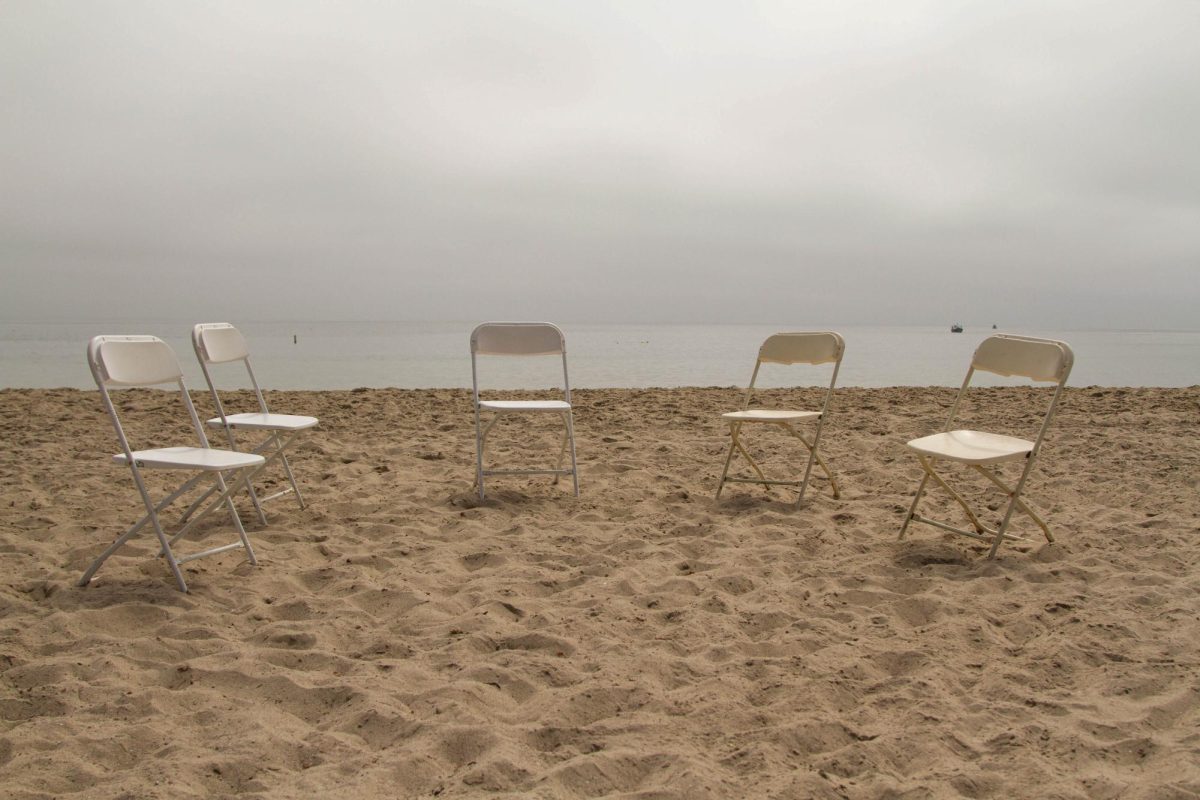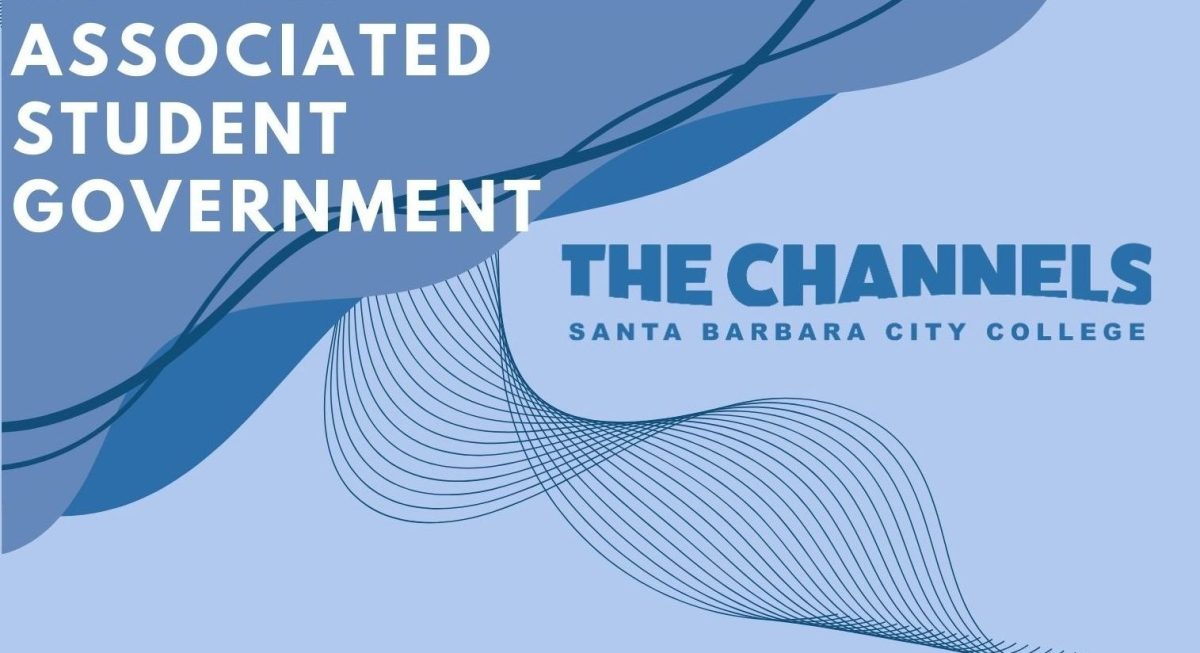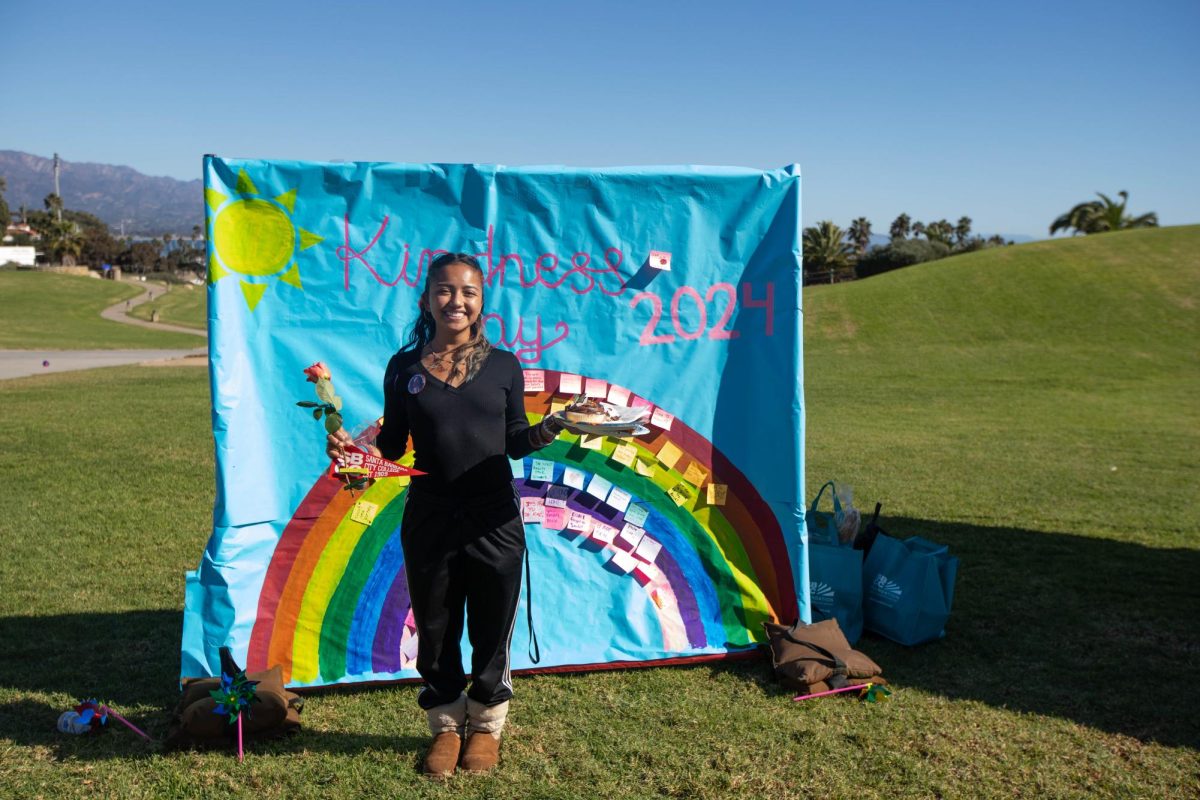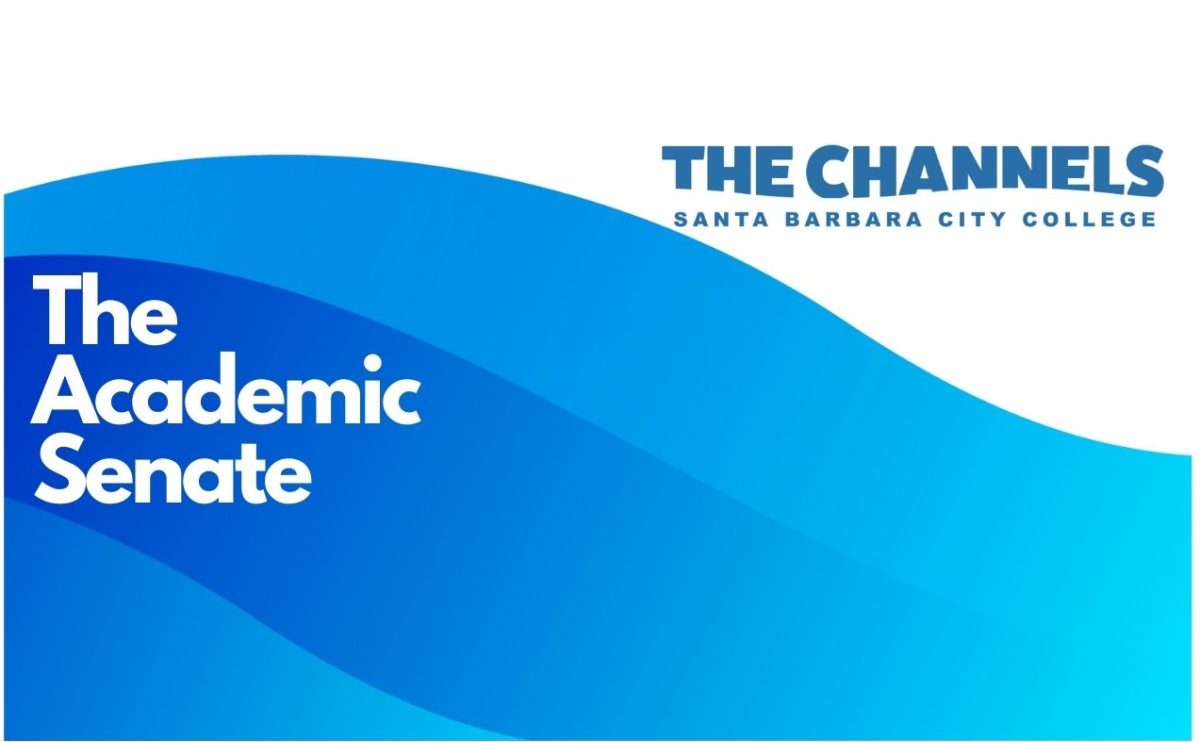The engines are almost ready as students complete their fundraising to restore a priceless artifact in World War II aviation history.
A four-person student group raised $1,400 over a month to revive the last known PBJ-1, a World War II bomber. Instructor Ann Brown chose the Commemorative Air Force whose leading the restoration for her Marketing 101 students to work with.
“It’s for the veterans,” said William Marshall, 20-year-old City College student who spearheaded his group’s marketing initiative for the bomber. “I’m trying to give everything I have to show I do care.”
Brown’s entire class is raising money for the group and their specific work on the Mitchell bomber. Marshall’s group is the smallest in the class, but has raised the most money. Using Kickstarter, a crowdfunding platform, the students’ campaign has raised $1,450 so far.
The group with the second largest amount of donations has raised less than half that at $650.
Marshall cited City College student Jonas Martin’s video skills used to create their campaign video that has garnered over 2,000 views. To Marshall, everyone has had their fair share of work.
“I tried to reach veterans, supporters of veterans and aviation enthusiasts,” Marshall said. “I figured there’s a good chance people are enthusiastic about it.”
In the course of that outreach, Marshall came across a Facebook page maintained by Dave Fish, whose father served as a Marine Bomber in the 611 Marine Bomber Squadron, or 611 VMB.
“I created this Facebook page in the memory and honor of him, other Marines in VMB 611 and Marine Bombing Squadrons,” Fish wrote to Marshall via Facebook. “Dad and his crew were [killed and or went missing in action on] 30 May 1945 in Mindanao, Philippine Islands… flying a PBJ-1 on that fateful day.”
The plane and marketing campaign took on a new meaning for Marshall after Fish’s message. For him, the bomber represents that story.
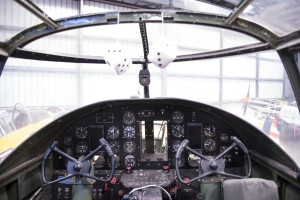
A view of the cockpit of the World War II Mitchell Bomber that is the focus of a major fundraising effort by the students in the Marketing 101 class of Professor Julie Brown, Friday, Nov. 6, in the main hangar of the Commemorative Air Force, Southern California Wing, in Camarillo.
The PBJ-1, was used extensively in the Pacific during World War II, serving as a medium-range bomber on night raids and for support of ground forces under the Navy and Marines, especially during the ‘Island Hopping’ campaign against Japanese forces. At the end of the war, the bombers were sold or scrapped.
Only one has survived.
That very plane is almost fully restored at the Camarillo Airport and has been dedicated to Fish’s father, the squadron he served in and all other Marine squadrons.
“It was beautiful; inspiring to know what we’re working with,” said City College student Emilie Matsson, another member of Marshall’s group. “That’s the funniest part. How many people are excited about it.”
The Commemorative Air Force shares enthusiasm that benefits from the students’ fundraising.
Marc Russell is a member the Commemorative Air Force, a fully self-supporting volunteer organization that preserves and restores World War II aircrafts, where he oversees the mechanical restoration of the PBJ-1 without the students, who are only crowdfunding.
“[The students] have been working this thing hard,” Russell said. “They deserve the recognition.”
The money raised will allow for the finishing touches on the electrical wiring and flight checks the bomber needs to finally take to the skies. He hopes the bomber will be ready as soon as January 2016.
The restoration is not only important to the students, but also the men who flew them.
Men like Verne Horton.
During World War II, Horton flew in a PBJ-1 and survived a crash while serving in the same squadron as Fish’s father. Horton heard of the restoration and at 90-years-old, travelled roughly 100 miles from Riverside to Camarillo to see the plane.
“It brought tears to his eyes, and all the bad and good memories too,” Russell said. “And that’s what we can do. Let people see history.”
At the end of the semester, Brown will award the most successful fundraising team with $300 in cash.
“I don’t even think they care about the prize,” Brown said.
When asked about the monetary reward, Marshall shrugged.
“Money’s nice I guess,” he said.
Marshall was more excited that Russell might arrange a flight for select students.


